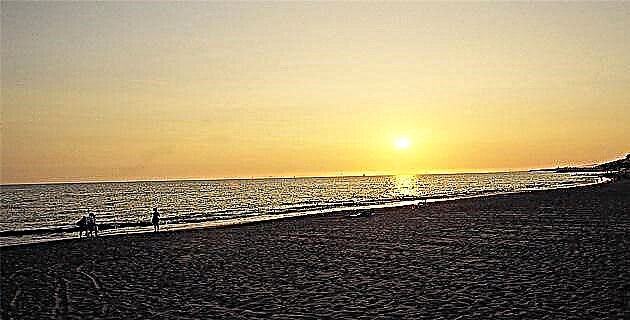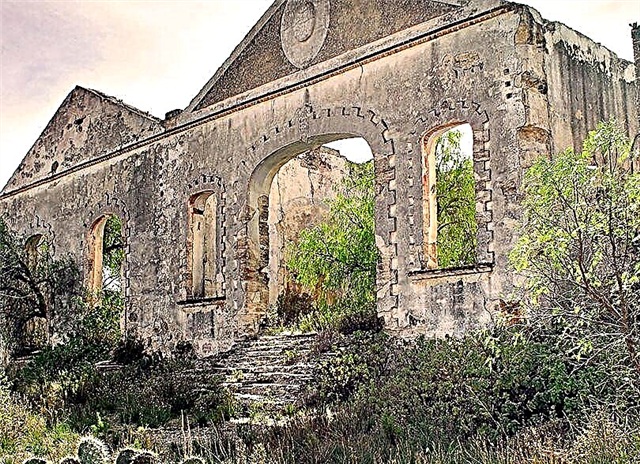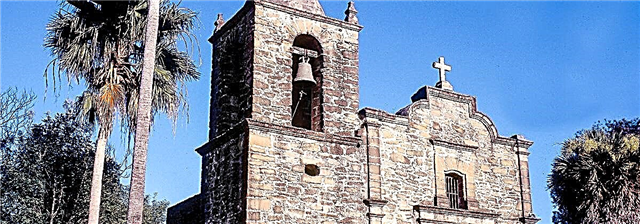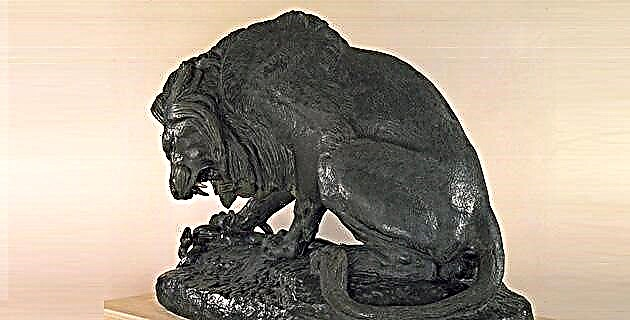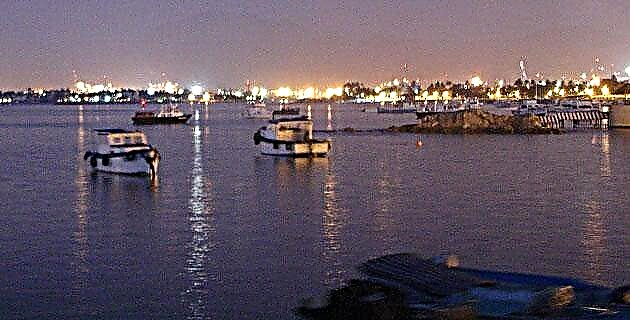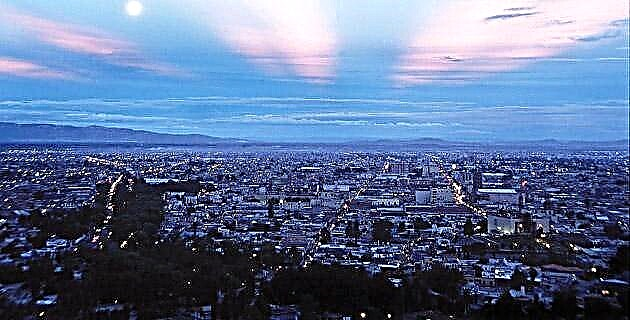
The current city of Durango rises in a wide valley in which a primitive Spanish town called Nombre de Dios was founded.
Towards the 16th century, the first conquerors to cross its territory were Cristóbal de Oñate, José Angulo and Ginés Vázquez del Mercado, the latter attracted by the chimera of the existence of a great silver mountain, when in reality what he discovered was a extraordinary iron deposit, which today bears his name. In 1562 Don Francisco de Ibarra, son of one of the famous founders of Zacatecas, explored the region and founded the Villa de Guadiana, near the old settlement of Nombre de Dios that would soon be known as the Nueva Vizcaya in memory of the Spanish province of where his family came from. Due to the ruggedness of the territory and to prevent the population from dwindling in inhabitants, Ibarra acquired a mine that he gave to the natives and Spaniards who wanted to work it, with the only condition that they settle in the city.
As in the history of many colonial cities, the founding of Durango is not exempt from the participation of many characters; Some of them, in addition to Don Francisco de Ibarra, were the clerk Don Sebastián de Quiroz, who drew up the corresponding act, Ensign Martín de Rentería, who carried the banner of conquest, and Captains Alonso Pacheco, Martín López de Ibarra, Bartolomé of Arreola and Martín de Gamón. Fray Diego de la Cadena officiated the first mass of the solemn act of foundation in the place that today corresponds to the building on the southeast corner of the intersection of 5 de Febrero and Juárez streets.
The town, established in unpopulated plains, was limited by the Cerro del Mercado to the north, the Arroyo or Acequia Grande to the south, a small lake to the west, and to the east the extension of the valley. The initial layout, a "string and square" in the shape of a chess board, then included the limits set by the current streets of Negrete to the north, 5 de Febrero to the south, Francisco I. Madero to the east and Constitución to the west.
By the seventeenth century the population had four main streets that ran from east to west and as many from north to south, with 50 Spanish neighbors. The founding of the Bishopric in 1620, gives Durango the distinction of a city. Its architecture is characterized today by a patent transformation of the colonial buildings, which evolved according to its stages of progress, an aspect that notably enriched the buildings of the 18th and 19th centuries.
Thus, for example, we find its Cathedral, located in the main square, and the greatest exponent of the religious architecture of Durango. The original construction began under the mandate of Bishop García Legazpi around the year 1695, according to a project by the architect Mateo Nuñez. It is believed that the work was almost finished in 1711, although in 1840 it underwent a severe transformation due to the remodeling ordered by Bishop Zubiría; Although its very severe baroque-style exterior appearance has been preserved, nevertheless the side facades display an exquisite Churrigueresque style. Within the rich interior decoration, the furniture carved in wood, the choir stalls and some beautiful paintings signed by Juan Correa stand out.
Other examples of religious architecture are the sanctuary of Guadalupe, built by Bishop Tapiz, with an interesting choir window, the sanctuary of Our Lady of the Angels, built in stone carved at the dawn of the 19th century, the Church of the Company, Erected in 1757, the church of Santa Ana, from the late 18th century with a moderate Baroque style, built by Canon Baltasar Colomo and Don Bernardo Joaquín de Mata. Also noteworthy are the convent of San Agustín, whose work dates from the seventeenth century and the hospital of San Juan de Dios, which preserves part of its Baroque portería.
With regard to the civil architecture of the city, the buildings dedicated to residence are characterized by being of a single floor, with covers for the main entrances generally framed by molded pilasters, which sometimes reach the roofs, where ornate parapets rise medallions. Some of the upper walls are finished off with original wavy cornices that seem to lighten the heavy walls of the facades.
Unfortunately, for the sake of progress, many of these examples have been irretrievably lost. However, it is fair to mention two beautiful colonial palaces that have persisted through the centuries: the first is located on the corner of the streets of 5 de Febrero and Francisco I. Madero, a stately mansion that belonged to Don José Soberón del Campo and Larrea, first count of the Valley of Súchil. The building was built in the 18th century and its appearance is an excellent example of the Churrigueresque style, with a beautiful façade and a magnificent interior patio. The second building also belongs to the 18th century and is located on Calle 5 de Febrero between those of Bruno Martínez and Zaragoza. Its owner was Don Juan José de Zambrano, a wealthy landowner, alderman, royal ensign and ordinary mayor of the city. The building is in the Baroque style and has an extraordinary falconry, which harmonizes with the arches of the first floor. The famous Victoria Theater is part of the enclosure, today remodeled, which was the private theater of the Zambrano family. Currently this building houses the Government Palace.
In the surroundings it is advisable to visit the town of Nombre de Dios, where the first Franciscan construction in the region is located, and Cuencamé, which preserves a 16th century temple dedicated to Saint Anthony of Padua, with a simple Renaissance-style façade and that inside houses the famous and venerated image of the Lord of Mapimí.

